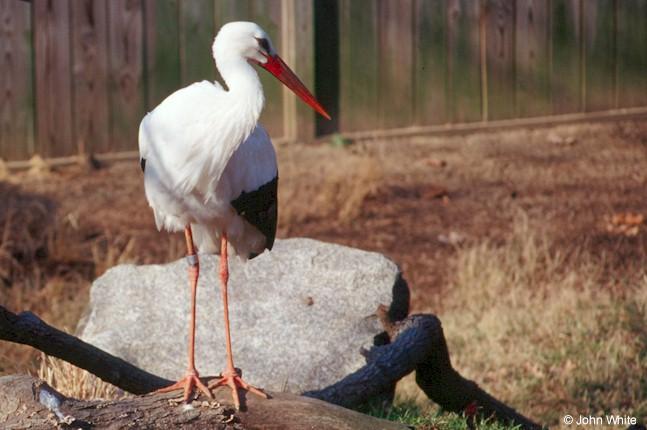|
| 질의: large white | 결과: 759번째/2106 | |
European White Stork
| 제목: | European White Stork
| | 올린이: | John White (reptiles@erols.com)
| |

| 파일크기 : 39980 bytes
File date : 2000:01:13 01:30:43
해상도: 647x430
Jpeg process : Baseline
Posted Newsgroups: alt.binaries.pictures.animals
Posted 촬영일: Fri, 07 Jan 2000 13:08:40 -0500 |
|
|

